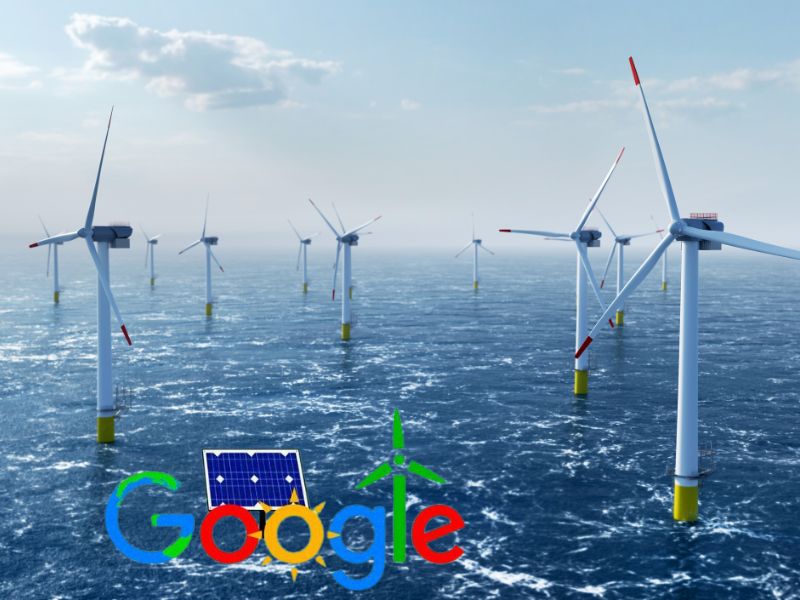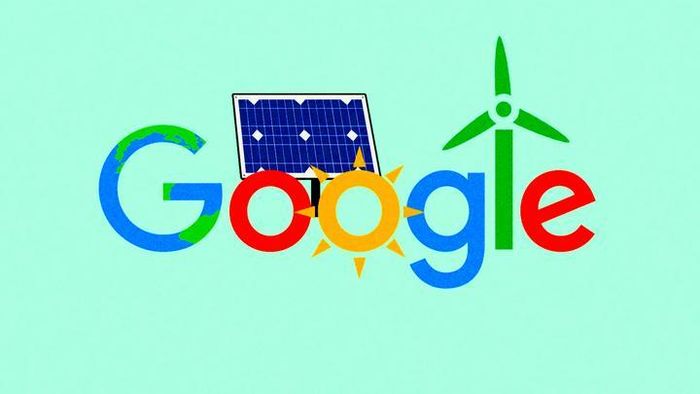Google has inked a deal for the largest offshore wind energy project ever in the Netherlands, aligning with its climate and renewable energy goals.

Sustainability has been a core value for Google since its inception over 25 years ago, and it has been a pioneer in incorporating its energy usage with renewable sources since 2017.
Under the latest agreement, the multinational tech company will harness wind energy from two new offshore wind farms developed by Crosswind & Ecowende Consortia in the Netherlands, with Google aiming to secure 478MW through this project.
This move is part of Google’s broader goal to diversify its electricity supply, particularly during peak demand periods, as it strives to meet climate goals. Matt Brittin, President of Google EMEA (Europe, Middle East, and Africa), stated, “Our ambition is to operate on carbon-free energy 24/7 by 2030, requiring clean energy solutions in the grids where we operate.”
Experts in the global energy sector recognize that Google’s procurement of energy through the Crosswind & Ecowende Consortia in the Netherlands is part of the company’s larger commitment, especially to sustainable data center operations worldwide.

This marks Google’s largest offshore wind power purchase agreement (PPA) to date. While Google has previously announced smaller offshore wind PPAs in Italy, Poland, and Belgium, the financial details of those agreements have not been disclosed.
In pursuit of greater energy efficiency and sustainability, Google is also at the forefront of innovative solutions in data center operations, including liquid cooling technologies to enhance sustainability.
Research indicates that liquid cooling techniques for data centers can be up to 50 to 1,000 times more efficient than air cooling. The expected growth of the liquid cooling technology market promises significant success, with market value projected to surge from USD 2.6 billion in 2023 to USD 7.8 billion in 2028.
Note: This article utilizes information, images from Energydigital.





Your article helped me a lot, is there any more related content? Thanks!